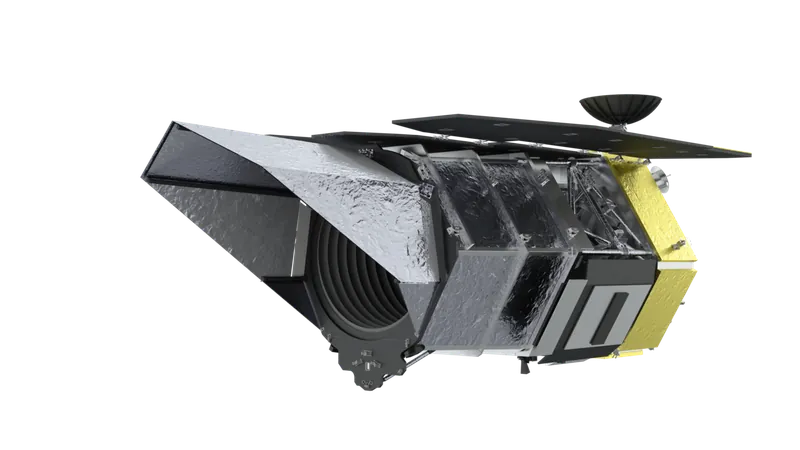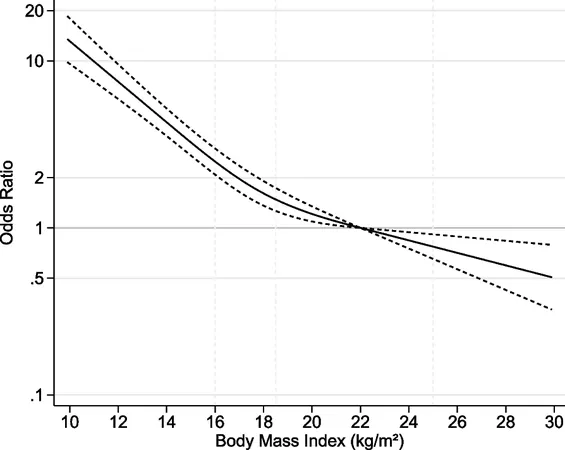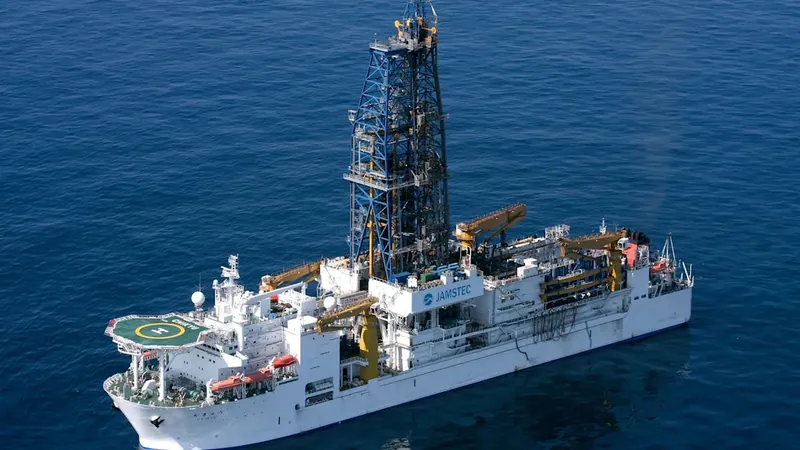
NASA's New Space Telescope: Earth's Bold Defender Against Asteroids!
2025-08-25
Author: Siti
Get ready for a cosmic game-changer! When NASA's highly anticipated Nancy Grace Roman Space Telescope takes to the skies in October 2026, it won’t just unveil the mysteries of dark energy and distant exoplanets. This groundbreaking observatory will serve as Earth's frontline defense, actively monitoring potentially dangerous asteroids and comets that threaten our planetary home.
Positioned at the Earth-Sun L2 Lagrange point—1.5 million kilometers from Earth in a gravitationally stable zone—this telescope boasts cutting-edge near-infrared vision designed to scrutinize near-Earth objects (NEOs), the asteroids and comets that venture close to us.
What sets the Roman Space Telescope apart in the realm of planetary defense is its unparalleled ability to measure the fundamental characteristics of these celestial bodies. While other telescopes simply detect asteroids, Roman will accurately determine their size, shape, composition, and precise orbits—information vital for distinguishing between harmless rocks and those that could pose a real threat.
Roman won't be flying solo; it's joining forces with two other ambitious asteroid-hunting missions to form a robust planetary defense coalition. The Vera C. Rubin Observatory, already operational in Chile, captures visible light to unveil over 100,000 new near-Earth objects. In tandem, the soon-to-launch NEO Surveyor mission is tuned to detect asteroids in mid-infrared wavelengths, identifying a staggering 200,000 to 300,000 NEOs, including potentially hazardous ones as small as 20 meters!
Each telescope brings unique strengths to this dynamic trio. While Rubin excels at hunting new celestial objects across vast stretches of sky, NEO Surveyor focuses on the thermal signatures of faint asteroids. Meanwhile, Roman harnesses high-resolution, near-infrared capabilities to deliver the crucial follow-up observations necessary for unmasking these objects.
One of Roman's essential impacts will be significantly enhancing our knowledge of asteroid orbits. Current trajectory measurements will be boosted by two to three orders of magnitude, vastly improving our ability to predict where these asteroids will be in the future—critical for assessing long-term threats.
In a collaborative effort, Roman and NEO Surveyor will accurately gauge the size and brightness of various asteroids. By examining the same objects across different infrared wavelengths, these two telescopes will ascertain both the dimensions and reflective properties of asteroids—a crucial aspect for evaluating potential impact damage.
Perhaps the most thrilling aspect of the Roman Space Telescope is its power to identify the compositions and types of even the tiniest near-Earth objects. Understanding whether these asteroids are rocky, metallic, or icy could drastically influence both the implications of a potential impact and their future utility as resources for space exploration.
To maximize the telescope's capabilities, NASA will be developing advanced data processing techniques tailored specifically for tracking fast-moving objects in the sky. Unlike the static images of distant galaxies, asteroids zip across Roman’s field of view, necessitating specialized software that can precisely monitor their properties.
The confluence of these three missions represents an unparalleled opportunity for planetary defense. Together, they will assemble the most comprehensive catalogue of potentially hazardous asteroids ever created—which is crucial not just for shielding Earth from impacts but also for unraveling the mysteries of our Solar System’s leftover small bodies.







 Brasil (PT)
Brasil (PT)
 Canada (EN)
Canada (EN)
 Chile (ES)
Chile (ES)
 Česko (CS)
Česko (CS)
 대한민국 (KO)
대한민국 (KO)
 España (ES)
España (ES)
 France (FR)
France (FR)
 Hong Kong (EN)
Hong Kong (EN)
 Italia (IT)
Italia (IT)
 日本 (JA)
日本 (JA)
 Magyarország (HU)
Magyarország (HU)
 Norge (NO)
Norge (NO)
 Polska (PL)
Polska (PL)
 Schweiz (DE)
Schweiz (DE)
 Singapore (EN)
Singapore (EN)
 Sverige (SV)
Sverige (SV)
 Suomi (FI)
Suomi (FI)
 Türkiye (TR)
Türkiye (TR)
 الإمارات العربية المتحدة (AR)
الإمارات العربية المتحدة (AR)